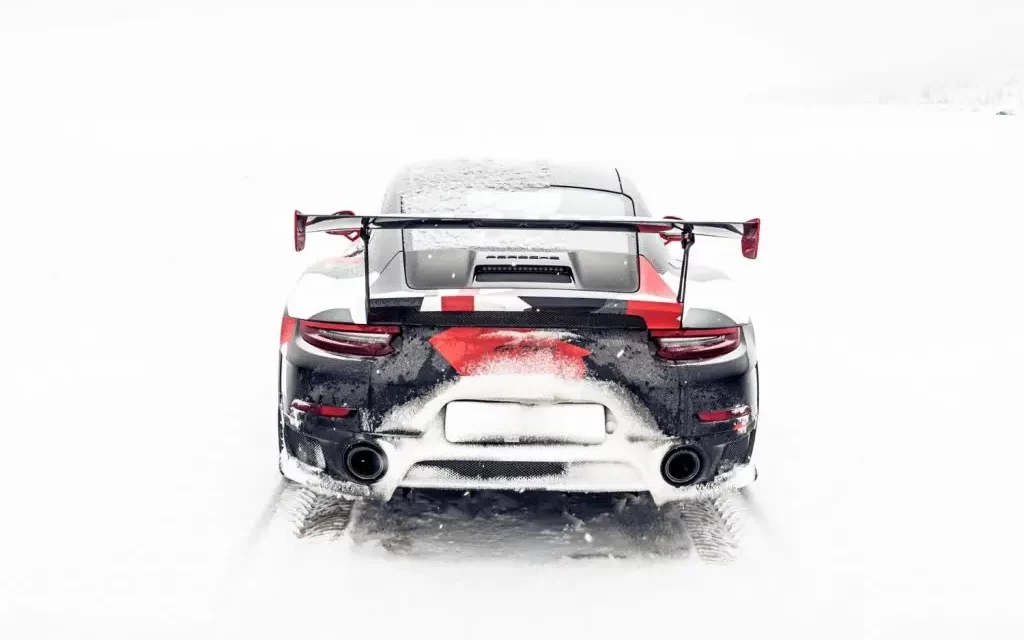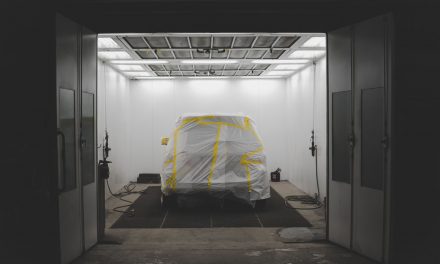If you have spent time in the automotive industry, you have likely seen videos or pictures journalists have taken of pre-production (prototype) vehicles driving down the road. If that particular vehicle has yet to be announced, it likely has some camouflage, and that is precisely what we will be talking about in this article.
Adding camouflage to a prototype or pre-production vehicle allows manufacturers to test their cars in all conditions and on public roads without giving the new design to the public or, worse, other manufacturers. Ultimately this helps them build better vehicles while maximizing the hype around their latest entrant onto the roads.
Why should you trust me? I have worked in and written about the automotive industry for years, and I enjoy digging into everything you can think of regarding cars. Having seen prototype cars in person, I know it is one of the fascinating parts of the development of a vehicle and is a fun thing to think about.
Table of Contents
1. To hide upcoming vehicles from the public eyes
A test vehicle is inevitably seen on the roads by the public and, more likely, by the press. Because of this, to keep their car under wraps (quite literally), they add camouflage to keep their secrets from getting out.
The name of the game for manufacturers is to slowly allow the public to see more and more of the vehicle as time moves onward and closer to its announcement, so they keep a close eye on what information and features get out.
2. The camouflage hides unfinished components.
Sometimes manufacturers must test their vehicles on open roads when they need more time to complete it. This is generally for endurance testing and ensuring the drivetrain and non-cosmetic components are up to par. Because of this, they have to drive vehicles that likely look nothing like the final product on open roads, and the camouflage helps a ton with this.
For example, the Ford Bronco that we know today had to go through extensive testing before it ever had its boxy shape. Instead, they utilized bodywork from the Ford Ranger and a shortened bed to test the initial platform. It looked ridiculous, but the camouflage helped it look less bizarre (if only a little).
3. Camo helps keep other brands from stealing their secrets during development.
The automotive landscape is intense, and keeping your vehicle features a secret for the most prolonged period is imperative not to allow competitors the advantage of knowing what to expect and adjusting their cars to take advantage of this to keep up.
Many types of camouflage on prototype vehicles not only hide the bodywork but also hide interiors, infotainment centers, and even suspensions while they are being driven.
Keeping these components hidden allows them to test everything in normal conditions but keeps competitors from being able to make their enhancements before the brand is ready.
4. It gives them a chance to test these cars in real-world conditions.
You can only do so many tests inside a building, and driving pre-production and prototype cars on public roads is essential to development. It needs to hit potholes, slide around icy corners, be affected by road salts, and be stuck in traffic for hours to test all aspects of what the vehicle will likely see in its lifetime.
Having camouflage allows the manufacturer to do all of these different types of testing without being stuck to the factory building or test tracks.
What are the different types of camouflage for pre-production vehicles?
1. Camouflage wrap
This is likely the style of camouflage you are most familiar with. Manufacturers will wrap their near-complete cars with various types of camouflage, hoping to hide the vehicle’s body lines from sight.
2. Cloth camouflage
Cloth can play a big part in keeping a vehicle under wraps. It does a great job of hiding body lines and works perfectly for tests, not around aerodynamics. The manufacturer will wrap the car in fabric and drive it like that.
3. Bodywork modifications
For early development test cars, it is common to see them do their best to completely hide the shape of the vehicle by not only having cloth covering the car but they will modify the profile of the vehicle as well.
A great example that comes to mind is when Ford was trying to hide the Ford Maverick in plain sight by adding a topper to the rear of the vehicle and covering it entirely in cloth. You can see what I mean in this article here.
Pre-production vs Prototype cars
I have used the terms pre-production and prototype almost interchangeably in this article; however, there are slight differences between the two vehicles.
Prototype vehicles are created before a pre-production vehicle. Prototypes are generally meant to see if the car would work, and there is a high possibility that it may never see production. Many different vehicles get to this stage but will never hit the roads.
Pre-production vehicles, on the other hand, also known as test mules, are well on their track toward seeing the public roads as production vehicles. This vehicle is primarily used for stress testing the vehicle to make sure everything is up to par before getting into the customer’s hands.
Conclusion
Prototype and pre-production vehicles are fascinating subjects. There is so much mystery behind them and anticipation for those hoping to own this vehicle as a production vehicle one day.
To build on that anticipation and hold onto their secrets from the public and competitors, brands will add different levels of camouflage onto their vehicles during testing to keep things a secret.





